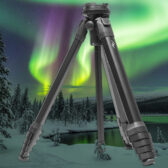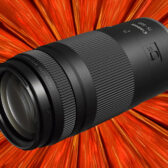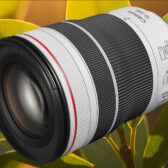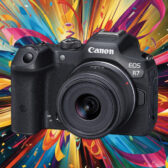5D Mark II
This comes from a dude that seems to be right a lot lately.
* 21.1 MP 1.0x
* DIGIC IV
* ISO 100-6400 L:50 & H:12800
* 5 FPS
* 3.2″ High Resolution Screen (LCD)
* 19 point AF
* HDMI Out
* Liveview
* HD Movie Mode
* Viewfinder: 100% Coverage
* Full weather sealing
* EF Lenses only
I will scour until I find a leak…. it's coming.
From Northlight
“The 50D sensor and image processing are a major step forward in what has been a multi-year strategy for Canon to take sensor technology to the limits of physics, simultaneously achieving higher ISOs, lower noise and higher dynamic range. Note Chuck Westall’s announcement that the 50D sensor has 1 to 1 and a half stops better noise than the 40D sensor despite the smaller pixels. Several core strategies have been pursued simultaneously for this:
* Reducing the micro lens gap to capture all the light hitting the sensor. This has been highlighted in the 40D, 1D III and 1Ds III sensors and the new 50D sensor now achieves effective 100% coverage. Only very minor improvements are expected from this point on (e.g. shaping the lenses towards the corners of the frame to capture angled light.
* Reducing the noise level of each pixel. Canon have made changes over several generations of sensors to achieve this, bringing the amplifiers closer to each pixel, changing micro-circuit configuration and lowering voltages so the sensor runs colder. Again the design of the 50D is a big step forward here from the 40D and 1D III etc. Canon have one more big jump lined up, with low voltage cold running CMOS designs to gain at least an additional stop in lower noise at higher ISOs or long exposures.
* Better digital noise reduction. These are the changes in DIGIC noise processing. First with the Chroma Noise reduction in DIGIC III and now with more advanced multi-level noise reduction options in DIGIC IV. Canon believe they have made most of the gains possible via processing algorithms but do still have some areas to develop. The next focus will be faster noise reduction processing so that it does not come at an impact on frame burst rates (look to the 1D3 replacement for example)
* Pixel binning for high ISOs. A new technology enabled by the complexity and processing power of DIGIC IV where they can bin 2, 4 or 8 pixels together at the raw level and average out the noise between them. This is seen by Canon as a key technology in balancing very high resolution sensors (in the 50mp range) with low noise at very high ISOs. Right now they are not pushing this too much with the 50D so as to not create confusion in the market (they see more potential for the technology as sensors get larger and in the pro-market).
* Increased image resolution – This is a newer strategy (most evident on the 450D where they have changed the anti-aliasing filter (thinner and closer etc) so as to achieve a crisper image per pixel without loosing the benefits of anti-aliasing filter on diagonal edges etc.. The 50D has the same technology. One further option for the future is for Canon to drop the anti aliasing physical filter and do it in a future DIGIC generation where there can be smarter allocation of colour values than the blurring achieved by a light based filter.
* Increased raw bit depth for improved dynamic range. Here Canon have made the jump to 14 bit and will move to 16 bit in their future sensor technology generations. Canon see the main usage of extra bit depth as providing the dynamic range to translate the sensor image into a printable or viewable image with a higher dynamic range. In other words mapping the 14 or 16 bits into an 8 bit viewable or printable image that mimics the dynamic range in the scene.
* Dynamic range preservation options – Canon are putting a lot of focus into how to provide the photographer with the best options for preserving the dynamic range of the original image in both a RAW file and the 8 bit JPEG. The highlight tone preservation option on the 40D, 1D III etc was the first step. The new 'automatic brightness' options in the 50D are another, where they try and optimise the brightness of various parts of the image to reduce the dullness from shadows. Canon are planning much more in this area, down to the equivalent of varying the ISO level across the different parts of the sensor when the image is taken (easier in live view mode of course).
|
When you purchase through links on our site, we may earn an affiliate commission. Here's how it works. |








